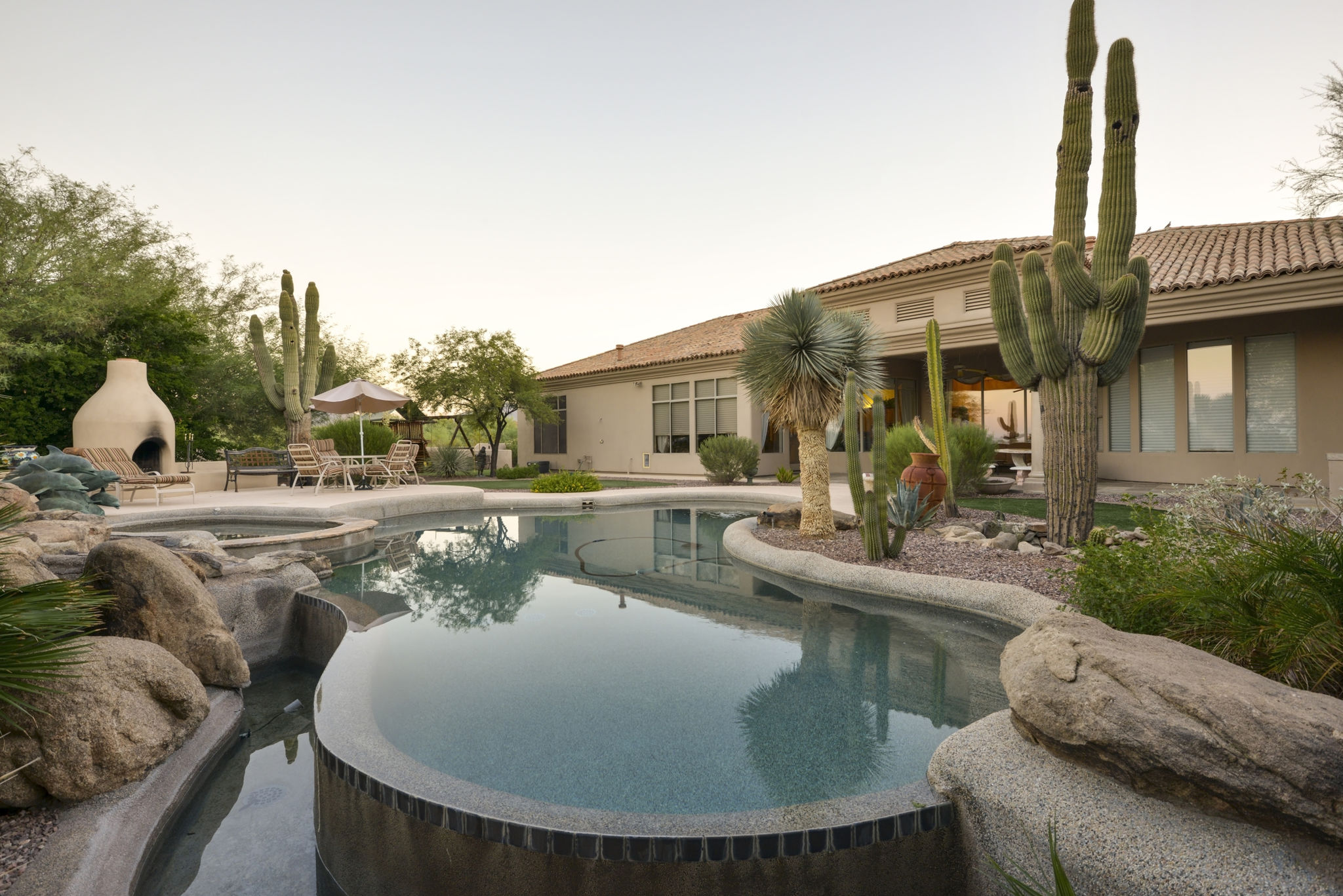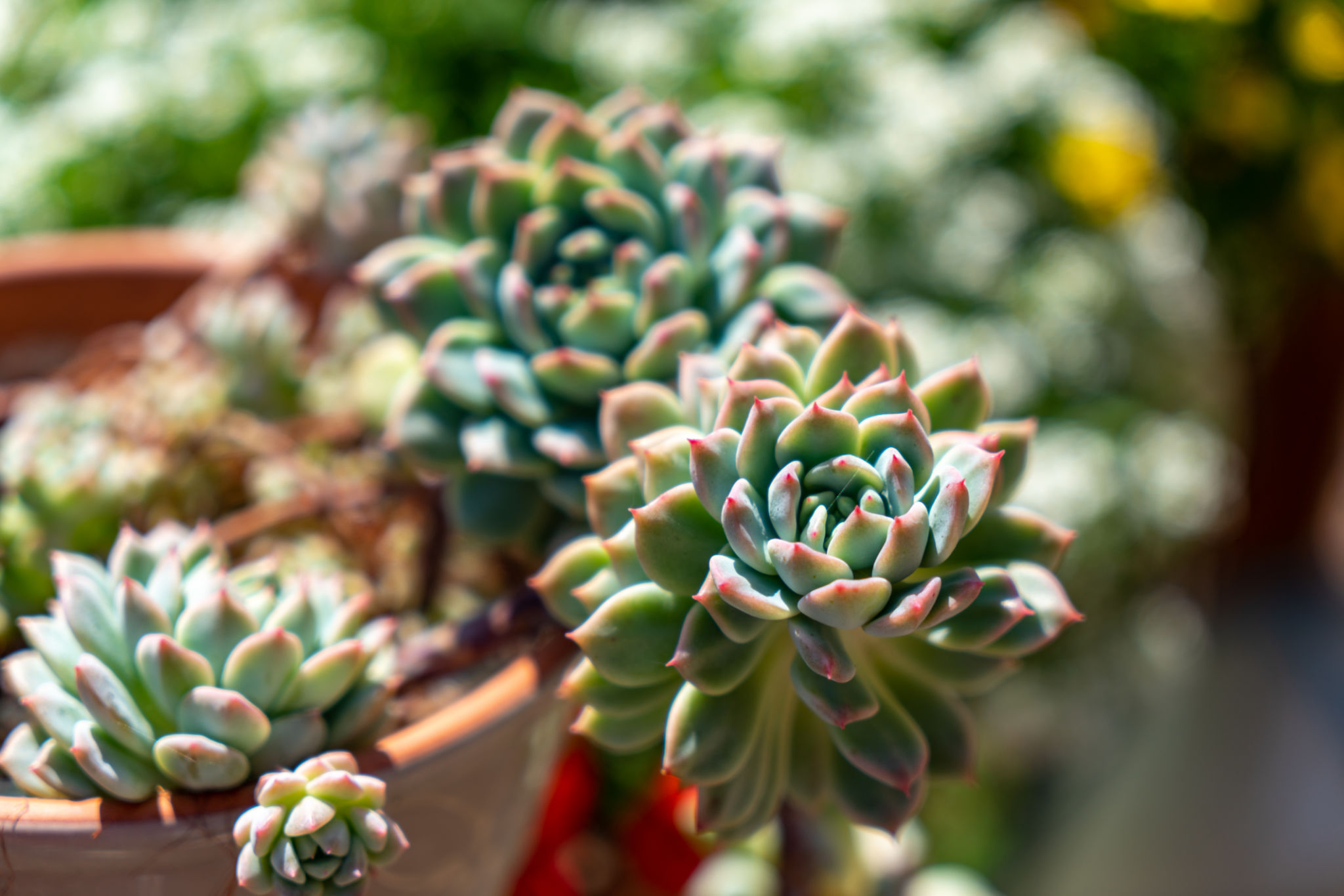Creating a Sustainable Desert Oasis: Landscaping in Tucson
Understanding the Unique Challenges of Desert Landscaping
Landscaping in Tucson presents a unique set of challenges due to its arid climate and extreme temperatures. Creating a sustainable oasis here requires careful planning and thoughtful selection of plants and materials. While the desert landscape may seem harsh, it offers a unique beauty and an opportunity to create a stunning outdoor space that thrives in harmony with the environment.

One of the primary considerations in desert landscaping is water conservation. The scarcity of water in the region means that traditional lush, green lawns are not only impractical but also unsustainable. Instead, homeowners and landscapers must focus on xeriscaping, which emphasizes the use of drought-resistant plants and efficient irrigation systems.
Selecting the Right Plants
When selecting plants for a desert oasis, it's crucial to choose species that are well-adapted to the local climate. Native plants are often the best choice as they have evolved to thrive in the Tucson environment. Cacti, succulents, and other drought-tolerant plants such as agave and yucca are excellent options that add texture and color to the landscape.
It's also important to consider the bloom cycles of these plants. By strategically choosing plants that flower at different times of the year, you can ensure that your garden offers visual interest throughout all seasons. Additionally, incorporating a variety of plant heights and shapes can create depth and dimension in your landscape design.

Implementing Efficient Irrigation Systems
Efficient irrigation is essential for maintaining a sustainable desert landscape. Drip irrigation systems are highly recommended as they deliver water directly to the plant’s root zone, minimizing evaporation and waste. Using timers and moisture sensors can further optimize water usage, ensuring that plants receive adequate hydration without overwatering.
Mulching is another effective strategy to conserve moisture. A layer of organic mulch or gravel can help retain soil moisture, regulate soil temperature, and suppress weed growth. This not only benefits plant health but also reduces maintenance requirements.
Incorporating Hardscaping Elements
Hardscaping elements such as pathways, patios, and decorative rocks can enhance the functionality and aesthetic appeal of your desert oasis. These features require no water and can help reduce the need for extensive plant coverage. Consider using natural stone or permeable materials to maintain harmony with the surrounding environment.

Pathways made from gravel or flagstone not only define spaces within your landscape but also provide a practical solution for navigating your garden. Adding seating areas or shaded structures can create inviting spaces for relaxation and entertainment while offering respite from the sun.
Embracing Sustainable Practices
Sustainability should be at the forefront of any landscaping project in Tucson. This includes using locally sourced materials, reducing chemical fertilizers and pesticides, and promoting biodiversity by attracting native wildlife such as pollinators. By implementing these practices, you contribute to a healthier ecosystem and reduce your environmental footprint.
Creating a sustainable desert oasis in Tucson is a rewarding endeavor that combines creativity with environmental stewardship. By embracing the unique characteristics of the region and incorporating water-wise practices, you can enjoy a beautiful outdoor space that thrives year-round while contributing positively to the local ecosystem.
